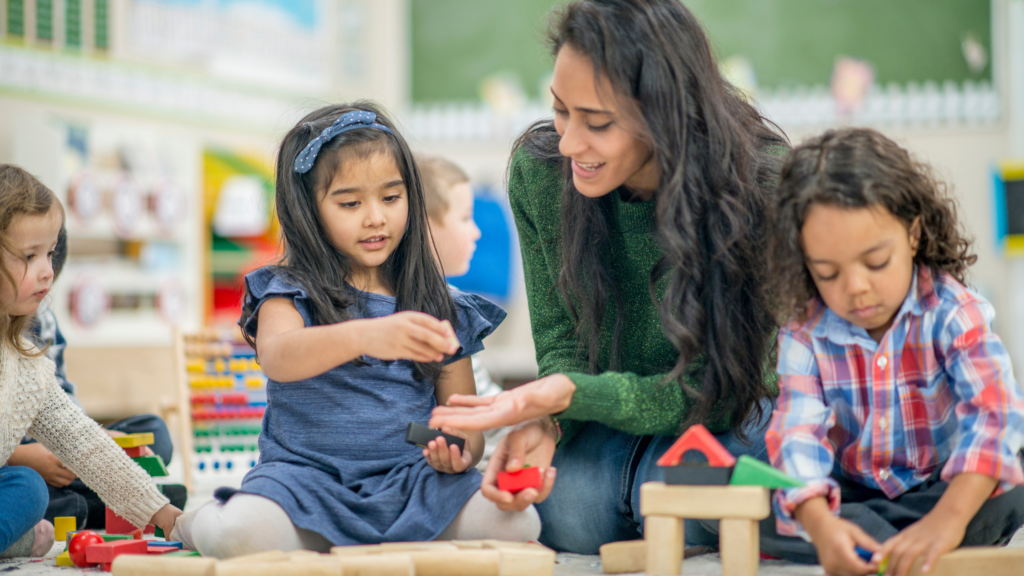As a school teacher, one of your key goals is to create an engaging and motivating learning environment for your students. This blog post will explore ten practical strategies to help you achieve this goal. Implementing these strategies can enhance student participation, boost their interest in learning, and create a positive classroom atmosphere.

- Incorporate Active Learning Techniques: Discover the power of active learning by incorporating techniques such as group discussions, hands-on activities, and project-based learning. These methods encourage students to participate, collaborate, and apply their knowledge actively.
- Use Technology as a Teaching Aid: Explore and leverage today’s educational technologies to enhance teaching. Technology can make lessons more interactive and engaging, from interactive whiteboards to educational apps and online resources.
- Provide Real-World Connections: Help students understand the relevance of what they’re learning by providing real-world connections. Relate the subject matter to everyday life situations, career prospects, or current events, fostering a sense of curiosity and applicability.
- Encourage Student Choice and Autonomy: Give students a sense of ownership in their learning by providing choices. Allow them to select topics, projects, or presentation formats, enabling them to explore their interests and learn in a way that resonates with them.
- Incorporate Multimedia: Integrate multimedia elements such as videos, images, and audio clips into your lessons. Visual and auditory stimuli can enhance understanding, capture attention, and make learning more enjoyable.
- Foster a Positive Classroom Environment: Create a classroom environment that promotes respect, collaboration, and open communication. Encourage positive interactions among students, establish clear expectations, and provide constructive feedback to foster a supportive learning community.
- Use Gamification Techniques: Introduce gamification elements to make learning more engaging and fun. Incorporate game-like elements such as rewards, leaderboards, and challenges to motivate students and create a sense of excitement around their progress.
- Differentiate Instruction: Recognize students’ diverse learning styles, abilities, and interests. Differentiate your instruction by providing various learning materials, alternative assessment methods, and extra support or enrichment opportunities to meet individual needs.
- Incorporate Hands-On Experiences: Provide hands-on experiences whenever possible. Whether through experiments, field trips, or simulations, hands-on learning experiences help students actively engage with the subject, making it more memorable and meaningful.
- Cultivate a Growth Mindset: Foster a growth mindset among your students by encouraging them to embrace challenges, learn from mistakes, and believe in their ability to improve. Create a classroom culture emphasizing effort, resilience, and the belief that intelligence can be developed over time.
By implementing these ten effective strategies, you can create an engaging and motivating classroom environment that enhances student learning and enjoyment. Remember, the key is to adapt these strategies to fit the unique needs of your students and subject matter. With dedication and creativity, you can make a positive impact on your student’s educational journey.
Recommendations: Use tools like Canva and Grammarly to create interactive content.
You can also read more about Grammarly in our Blog.
